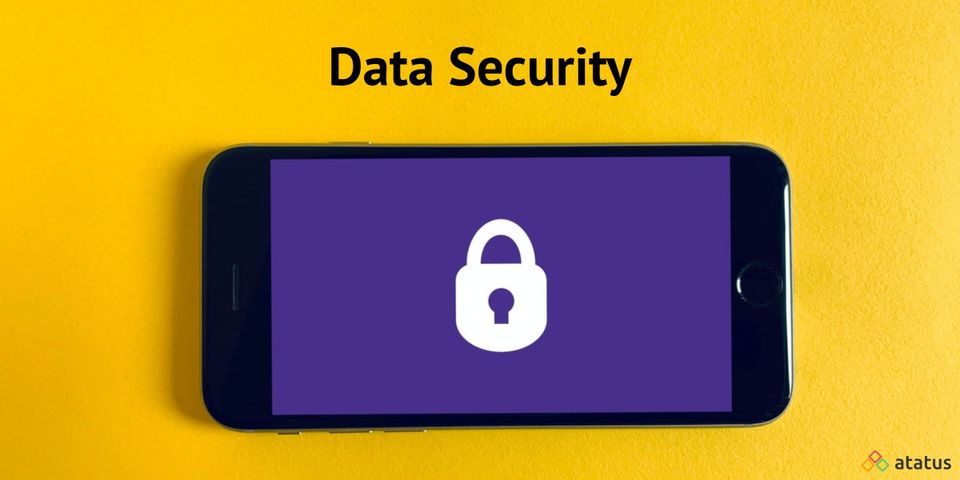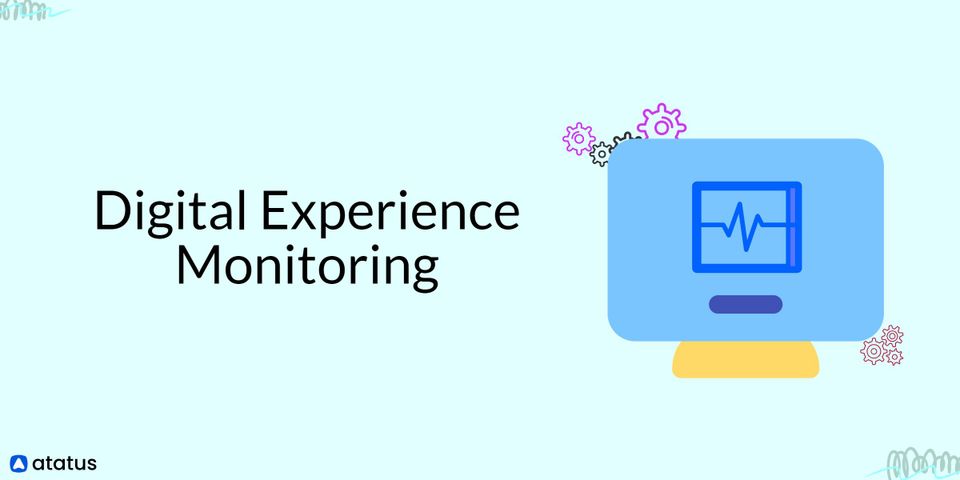One of the most difficult duties for IT professionals is data security. Every year, businesses of all kinds spend a significant percentage of their IT security budgets defending themselves against hackers that use brute force, exploit holes, or use social engineering to get access to data.
We will cover the following:
- What is Data Security?
- Types of Data Security
- Data Security Technologies
- Benefits of Data Security
- Data Security Strategies
What is Data Security?
Data security refers to a set of procedures and practices for safeguarding your vital information technology (IT) infrastructure. Files, databases, accounts, and networks were all covered. Effective data security employs a set of controls, applications, and strategies that determine the value of different datasets and apply the most appropriate security controls.
Data security that is effective includes the sensitivity of diverse datasets as well as regulatory compliance needs. Data security, like other cyber security postures such as perimeter and file security, isn't the be-all and end-all for keeping hackers away. Data security, on the other hand, is one of several important strategies for assessing risks and lowering the risk associated with data storage and handling.
Certain technologies in administrative and logistical procedures can be used to secure data. It can even include the physical aspect of security to limit sensitive data access, modification, or exposure. Most, if not all, businesses have data security controls in place, some of which are far more sophisticated than others.
Implementing protections to prevent access to locations such as websites, computers, and any type of personal or commercial database can also be part of these controls. As a result, data security remains one of the most critical concerns for any major organization.
Types of Data Security
Since the scope of how to handle data security is so broad, a single approach will not be able to close all conceivable flaws. As a result, we employ a variety of approaches to handle this problem.
Let's take a look at some of the most popular types of data security.
- Encryption
Encryption keys scramble data so that only authorized users can read it, using a technique to convert normal text characters into an unreadable format. By hiding the contents of crucial volumes through encryption or tokenization, file and database encryption solutions serve as a final line of defence. - Data Erasure
You'll want to appropriately dispose of data on a regular basis. Data erasure is more secure than traditional data wiping since it uses software to entirely overwrite data on any storage device. Data erasure ensures that data cannot be recovered and so will not fall into the wrong hands. - Data Masking
Organizations can allow teams to develop applications or train individuals using real data by masking data. It conceals personally identifiable information (PII) where necessary to allow development to take place in compliant contexts. - Data Resiliency
The ability of a data centre to withstand or recover from any sort of failure – from hardware issues to power outages and other disruptive occurrences – is measured by its resiliency. - Access Controls
Limiting both physical and digital access to critical systems and data is part of this type of data security solution. This involves ensuring that all computers and gadgets are password-protected and that physical places are only accessible to authorized personnel.
Data Security Technologies
Data security solutions can assist your company in preventing data breaches, lowering risk, and ensuring that preventative security measures are in place.
Data Auditing
Since security breaches are almost always unavoidable, you'll need a strategy in place that identifies the source of the problem. Control modifications to data, records of who accessed sensitive information, and the file path used are all captured and reported on by data auditing software systems. All of these audit methods are critical to the investigation of a data breach.
Data auditing solutions also give IT managers visibility into unauthorized modifications and potential breaches, which helps them prevent them.
Data Minimization
Historically, companies viewed having as much data as possible as a positive. It was always possible that it would come in handy at some point in the future. From a security aspect, big amounts of data are now considered a liability. The more data you have, the more potential targets you have for hackers. As a result, data reduction has become a crucial security strategy.
Data Risk Assessment
A data risk assessment will assist your company in identifying the most sensitive and overexposed data. A comprehensive risk assessment will also provide dependable and repeatable strategies for prioritizing and addressing major security threats.
The method begins by finding sensitive data accessed through global groups, data that has gotten stale, or data that has permissions that are in conflict. A thorough risk assessment will highlight key findings, reveal vulnerabilities, and provide prioritized remedy recommendations.
Data Real-Time Alerts
Typically, it takes several months for businesses to learn that a data breach has occurred. Customers, third-party vendors, and contractors, rather than the company's own IT staff, are frequently used to uncover breaches.
You'll be able to detect breaches faster if you use real-time systems and data monitoring technology. This protects personal data from destruction, loss, alteration, or unauthorized access.
Purge Stale Data
Data cannot be compromised if it does not exist within your network. That's why you'll want to get rid of any old or useless data. Use systems that can trace file access and archive unnecessary data automatically. In this day and age of annual acquisitions, reorganizations, and "synergistic relocations," every network of any size is likely to contain several forgotten servers that are held around for no clear reason.
Benefits of Data Security
The loss or illegal disclosure of sensitive data can be extremely costly to a company. There's a reason why data security is so important.
- Protection
Sensitive information is never meant to get into the wrong hands. Whether we're talking about bank customer information or hospital patient information, this is sensitive data that shouldn't be shared with just anyone. All of this data is kept safe and secure via data security. - Important for Reputation
Any company that can preserve secrets helps to establish trust among all stakeholders, including customers, who know their data is safe and secure. - Costs-effective
The sooner you integrate security measures into your software, the lower your future support and development expenditures will be in terms of code revisions. - Marketing and Competitive Edge
Keeping sensitive information safe from unauthorized access and exposure allows you to stay ahead of the competition. Maintaining your competitive advantage requires preventing any access to your future development or expansion plans.
Data Security Strategies
People, processes, and technologies all play a role in a complete data security plan. It's as much a question of company culture as it is of deploying the right toolset when it comes to establishing adequate controls and procedures. This entails prioritizing information security across the board.
- Physical Security
Whether your data is kept on-premises, in a corporate data centre, or in the public cloud, you must verify that the facilities are secure and that sufficient fire suppression and climate controls are in place. These security precautions will be taken care of by a cloud provider on your behalf. - Access Management and Controls
Throughout your whole IT infrastructure, the notion of "least privilege access" should be observed. This entails giving database, network, and administrator account access to as few people as possible, and only to those who require it to complete their tasks. - Backups
A basic component of any comprehensive data protection policy is maintaining usable, thoroughly verified backup copies of all critical data. Furthermore, all backups should be subject to the same physical and logical security controls as primary databases and core systems. - Employee Education
Employees that are trained in the necessity of proper security procedures and password hygiene, as well as how to spot social engineering attacks, become a "human firewall" that may help protect your data. - Network Monitoring and Controls
Implementing a comprehensive set of threat management, detection, and response tools and platforms across both on-premises and cloud environments can help to mitigate risks and lower the likelihood of a breach.
Conclusion
Data security isn't a one-time endeavour. However, the increasing number of external and internal threats, as well as many sources of data origin, necessitate a modern, cloud-based strategy. There is no magic wand that can ensure the complete security of your data at all times. Instead, think of data security as a continuous, company-wide effort.
Monitor Your Entire Application with Atatus
Atatus provides a set of performance measurement tools to monitor and improve the performance of your frontend, backends, logs and infrastructure applications in real-time. Our platform can capture millions of performance data points from your applications, allowing you to quickly resolve issues and ensure digital customer experiences.

Atatus can be beneficial to your business, which provides a comprehensive view of your application, including how it works, where performance bottlenecks exist, which users are most impacted, and which errors break your code for your frontend, backend, and infrastructure.





